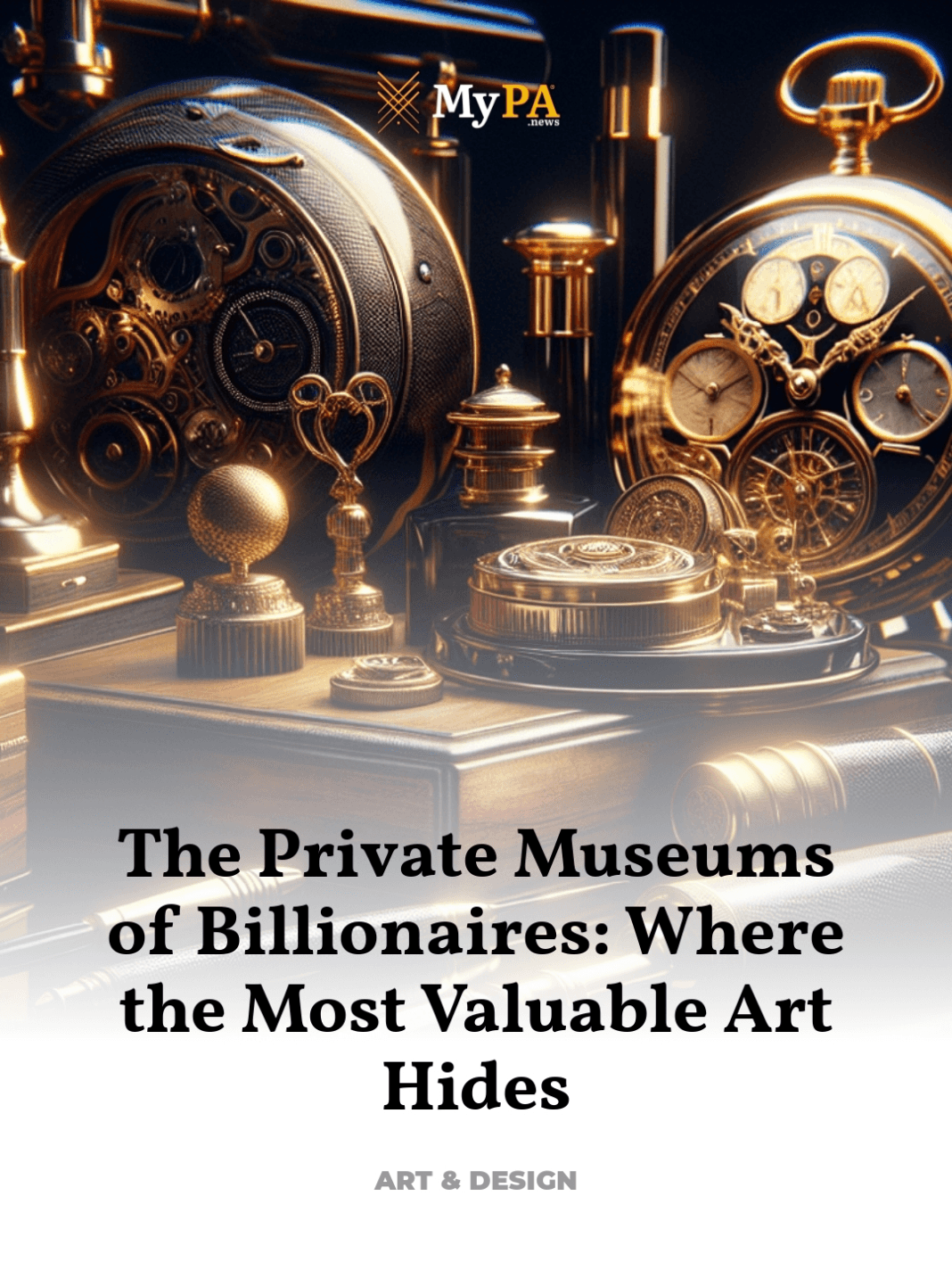A Rare Glimpse into the World’s Most Secretive Private Collections
Behind the unassuming facades of some of the world’s most exclusive addresses, lies a hidden world of artistic treasures that are seldom seen by the public eye. These private museums, curated by billionaires, are sanctuaries of the world’s most valuable art, offering a rare glimpse into the personal tastes and cultural commitments of their enigmatic owners.
- Introduction to Billionaire Private Museums
- Historical Context and Evolution
- Notable Private Collections
- Cultural Impact of Private Museums
- Future Trends in Private Art Collecting
- Concluding Insights
Introduction to Billionaire Private Museums
The concept of private art collections is not new, but the scale and exclusivity of collections owned by today’s billionaires are unparalleled. These private museums are often characterized by their meticulous curation, exceptional pieces, and the sheer volume of art, which rivals even the most renowned public institutions.
Historical Context and Evolution
The tradition of private art collection dates back centuries, with aristocrats and royalty amassing vast collections to signify status, wealth, and cultural sophistication. In the modern era, this tradition has been transformed by billionaires who have taken private collecting to new heights. Unlike public museums, these private entities are often less constrained by bureaucratic processes, allowing for more dynamic acquisition strategies and personalized exhibitions.
Evolution Over the Centuries
From the Medici family in Renaissance Italy to the modern moguls of Silicon Valley, the motivation behind private collections has evolved from mere status symbols to more nuanced expressions of personal legacy and cultural patronage. Today’s billionaire collectors are increasingly focused on creating a lasting cultural impact, positioning their collections as crucial components of their philanthropic endeavors.
Notable Private Collections
Some of the most impressive private museums are those established by billionaires who are deeply engaged with the art world. These include the Broad Art Museum in Los Angeles, funded by Eli and Edythe Broad, and the Fondation Louis Vuitton in Paris, spearheaded by Bernard Arnault.
Examples of Exquisite Artworks and Their Histories
These collections are home to some of the world’s most coveted artworks. For instance, the Broad’s collection includes works by Jeff Koons and Cindy Sherman, while Fondation Louis Vuitton boasts pieces by modern masters like Jean-Michel Basquiat and Gerhard Richter. Each piece in these collections is not only a visual masterpiece but also a fragment of the cultural and historical tapestry that these billionaires strive to preserve and showcase.
Cultural Impact of Private Museums
The influence of private museums extends beyond the art world into the broader cultural landscape. They serve as centers for educational initiatives, public programs, and international collaborations, thereby shaping cultural discourse and accessibility.
Contributions to Local and Global Art Scenes
Private museums often play pivotal roles in their local art scenes, providing crucial support for emerging artists and offering public access to high-caliber exhibitions. Globally, they contribute to cultural exchange by loaning pieces to international exhibitions and engaging in cross-cultural projects.
Future Trends in Private Art Collecting
The landscape of private art collecting is continually evolving, with current trends showing a shift towards more publicly accessible private museums and an increased focus on digital engagement strategies.
Innovations in Display and Conservation
Future private museums are likely to incorporate advanced technologies for art conservation and display, offering viewers immersive and interactive experiences. This technological integration not only preserves the art but also makes it more accessible to a global audience, democratizing access to these private collections.
Concluding Insights
The private museums of billionaires are more than mere repositories of valuable art; they are vibrant cultural institutions that contribute significantly to the global art landscape. Through their collections, billionaires not only fulfill personal passions but also assume roles as custodians of cultural heritage, shaping the art world for future generations.
For further exploration of billionaire private museums and their impact on the art world, consider visiting resources like Artnews.



